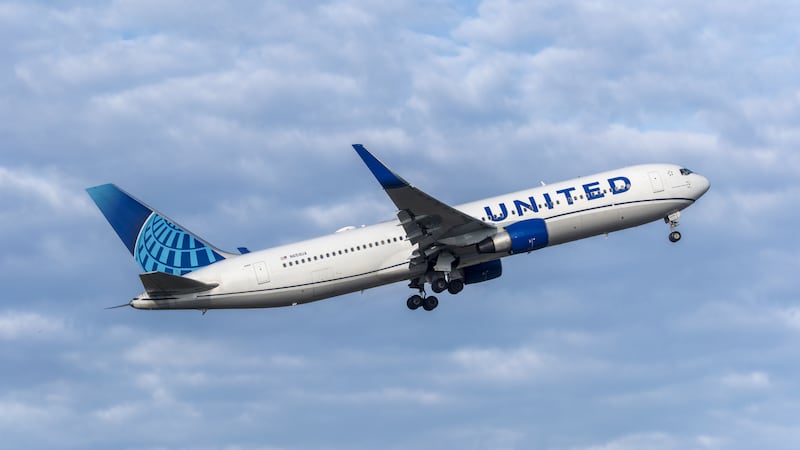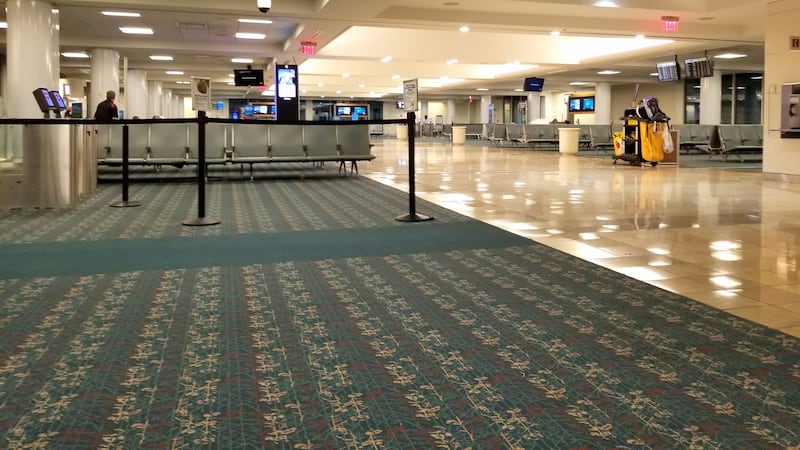It was a startling image for one reddit user who posted video of strange activity in Elliott Bay off of Myrtle Edwards Park. The water seemed to be churning from below, creating an odd pool on the surface.
It's where stormwater and sewage overflow enters into the bay and it happens more often than you would think. Overflow could continue as the fall and winter seasons bring heavy rains. This October is already the wettest in recorded history.
La Nina is here: What this means for the Northwest
Sometimes, Seattle's overflow into the bay is treated. And sometimes it is untreated and raw. According to Monica Van der Vieren with King County, there were two such overflows into Elliott Bay on the day the video was taken. The video — taken around 4:15 p.m. — was likely of treated sewage and stormwater. However, shortly after, an untreated sewage overflow was released at the exact same spot.
What is a sewage overflow — or in utility jargon: combined sewage overflows?
This is how it works. Seattle’s sewer and stormwater systems were designed for a much smaller city decades ago. Back then, engineers designed a system that moved sewage water and the street runoff into the same pipes. Those pipes are still there and lead to wastewater treatment plants. But it rains in Seattle — a lot. And those pipes can only hold so much. So when heavy rain hits, the pipes overflow into the nearest body of water — Elliott Bay, Lake Union, or Lake Washington. This is all the sewage from house and office toilets, sinks, showers, etc. And it’s also rainwater.
According to King County records, the overflow off of Myrtle Edwards Park (overflow number 27a) did release a mix of sewage and stormwater within the 48 hours of the video. And it wasn't an isolated incident.
How much sewage overflows?
In addition to the overflow near Myrtle Edwards Park, there were two more sewage overflows in Elliott Bay within 48 hours of when the video was taken. There were also seven overflows on the Duwamish River leading into Elliott Bay. Not to mention six overflows in Seattle along the canals from Ballard to the University of Washington. Then there were the eight overflow incidents that emptied into Lake Washington. Keep in mind, this was all between Wednesday and Friday.
According to Seattle's monitoring report for its controlled sewage overflows, 2015 had the third highest number of overflows (318) in the history of operation, and it was the second highest overflow year by volume (150 million gallons). About a quarter of the overflows came from the Ballard pipe and moved into the canal. In fact, half of the volume of controlled sewage overflows last year came from multiple pipes into the canals stretching from Ballard to Wallingford.
The Seattle report also notes that in 2015, the body of water that took in the most sewage overflows was Lake Washington. The second most affected body of water was Salmon Bay in Ballard.
King County has its own controlled sewage overflow reports. It estimates that each year about 800 million gallons of untreated overflow goes into bodies of water in the area. But in 2015, there was so much rain that the volume of sewage overflows exceeded those estimates by 80 percent. In 2015, there were 265 overflows in King County dumping 1,474 million gallons into the open water. There were also 41 treated overflows contributing 1,021 million gallons.
There are plans in the works to remedy the issue. For example, tunnels are currently being planned for underneath Ballard, Fremont, and Wallingford in Seattle. Those tunnels will be where future sewage overflows move during heavy rains. The tunnels will hold the overflow until the rain has passed. They will then be pumped out to wastewater treatment plants.
Cox Media Group







